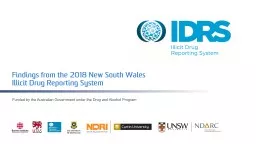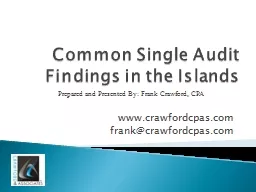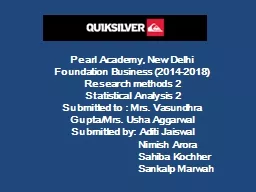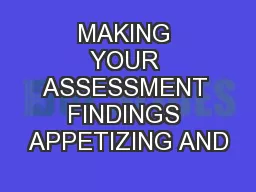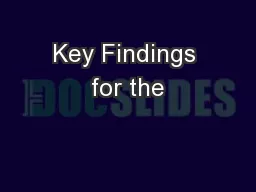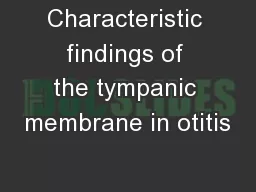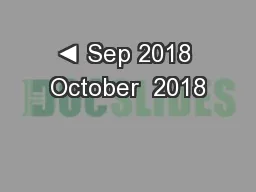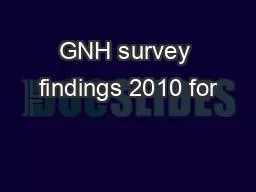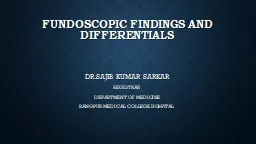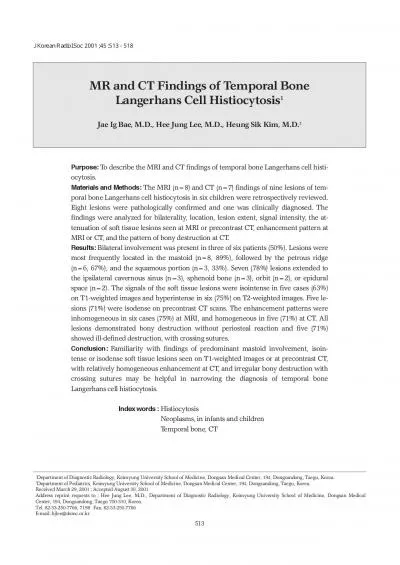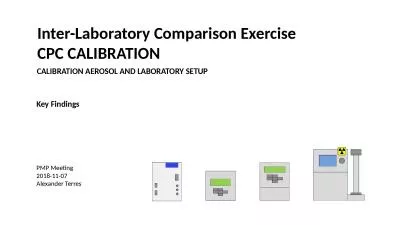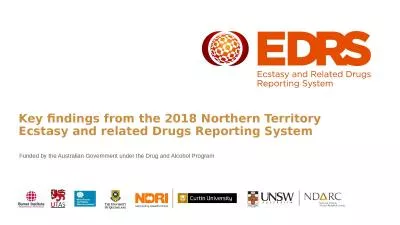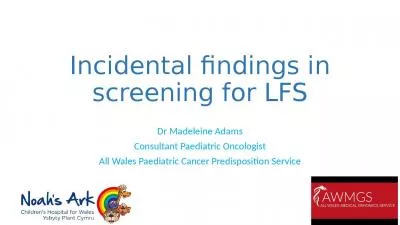PPT-Findings from the 2018 New
Author : sherrill-nordquist | Published Date : 2019-12-10
Findings from the 2018 New South Wales Illicit Drug Reporting System Figure 1 Drug of choice NSW 20002018 Note Substances listed in this figure are the primary endorsed
Presentation Embed Code
Download Presentation
Download Presentation The PPT/PDF document "Findings from the 2018 New" is the property of its rightful owner. Permission is granted to download and print the materials on this website for personal, non-commercial use only, and to display it on your personal computer provided you do not modify the materials and that you retain all copyright notices contained in the materials. By downloading content from our website, you accept the terms of this agreement.
Findings from the 2018 New: Transcript
Download Rules Of Document
"Findings from the 2018 New"The content belongs to its owner. You may download and print it for personal use, without modification, and keep all copyright notices. By downloading, you agree to these terms.
Related Documents

